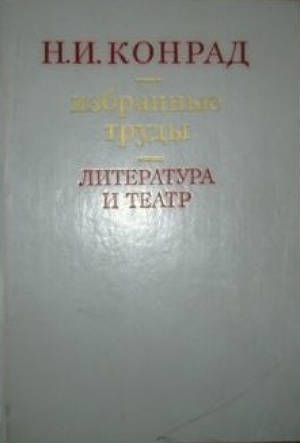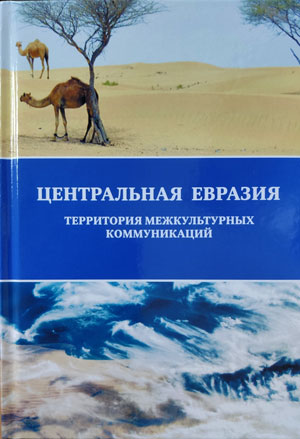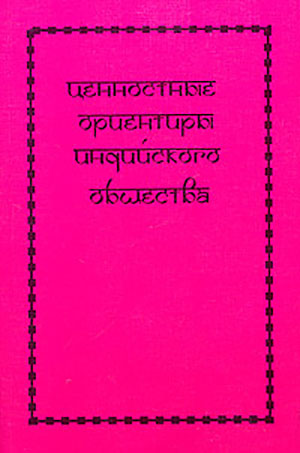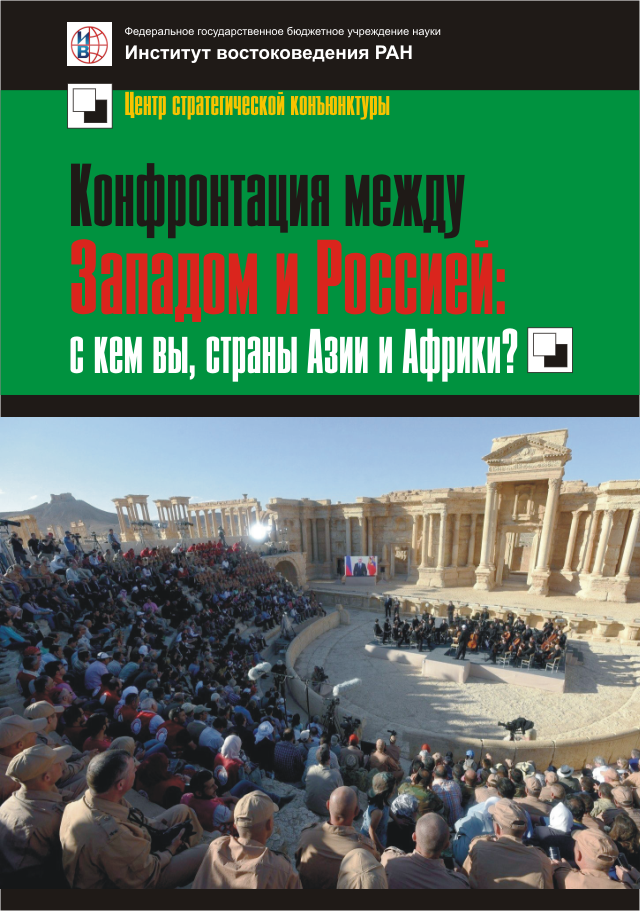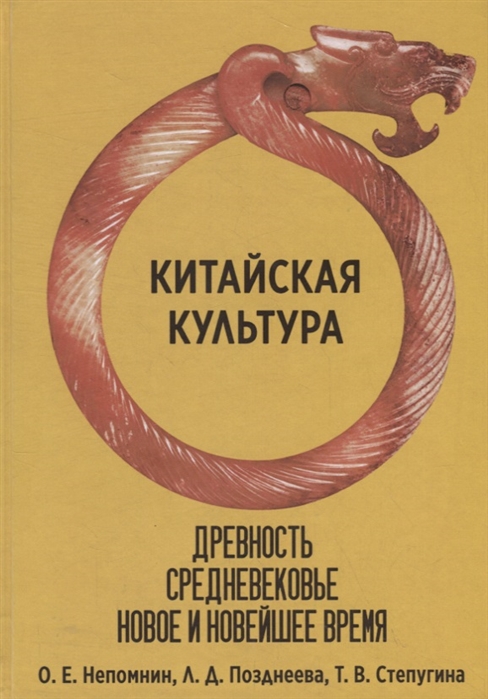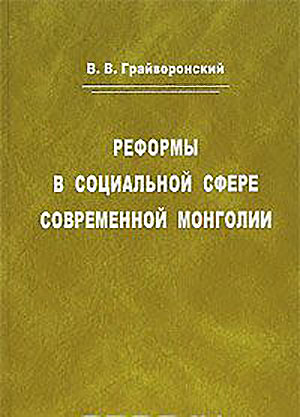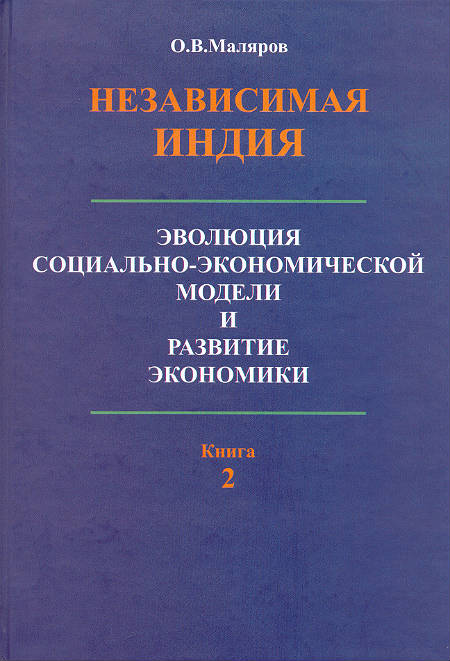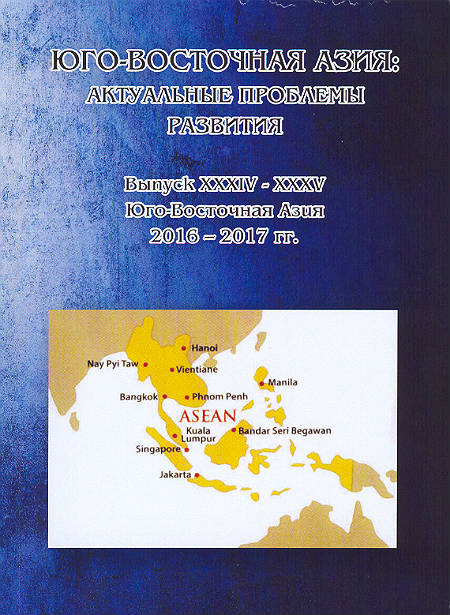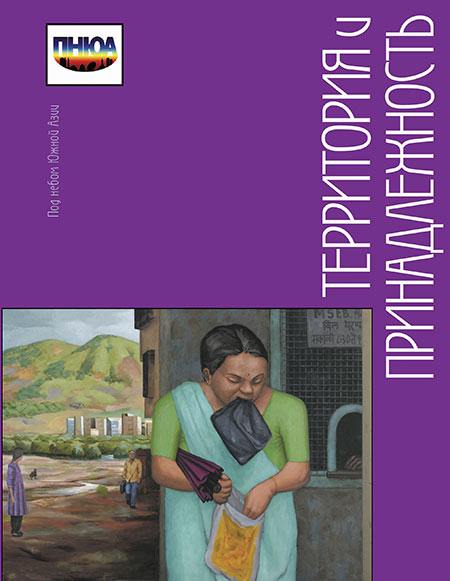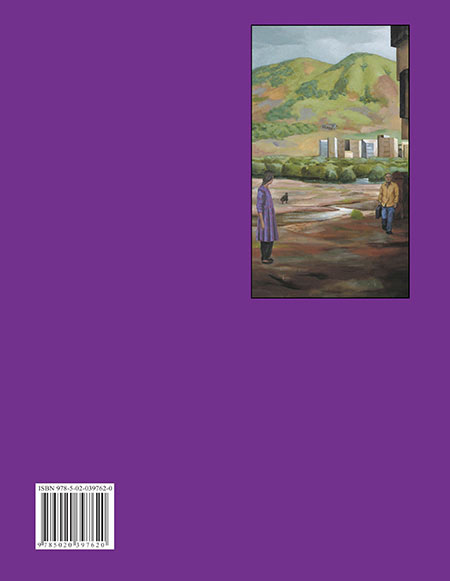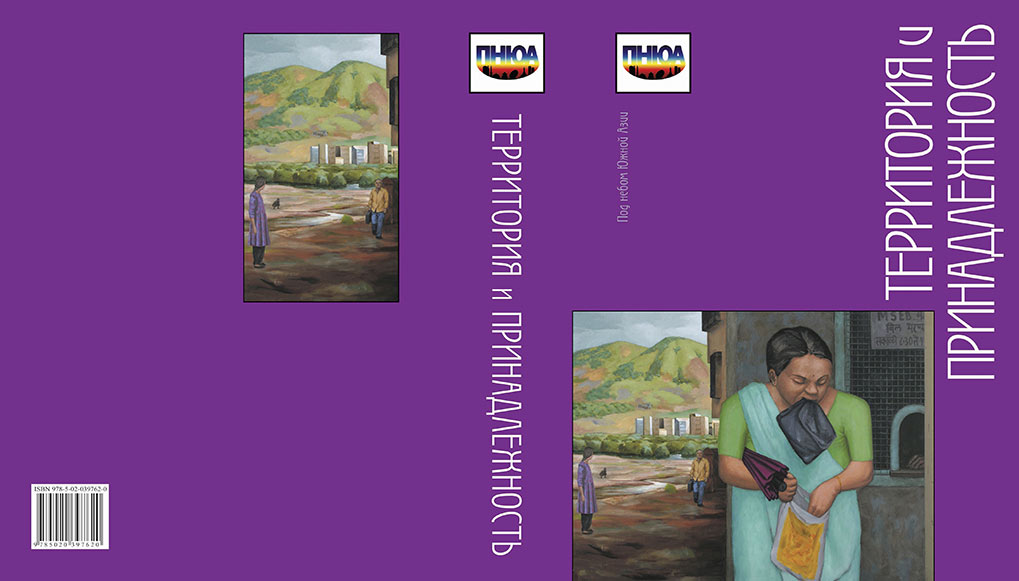Book
Under the Skies of South Asia. Territory and Belonging: Geopolitical Construction, Human Agency and the Perception of Places
General Editor: Glushkova Irina
Еditor: Bochkovskaya Anna
Москва, 2016, 799 p.
This is the third volume in the multidisciplinary research project Under the Skies of South Asia launched by Irina Glushkova and implemented by the Centre for Indian Studies, Institute of Oriental Studies, Moscow, as well as Indianists and South Asianists from other institutions, in order to negotiate important historical, cultural, social, and political problems of India, Pakistan, Bangladesh, Nepal, Sri Lanka, Bhutan, and the Maldives.
The basic principle applied to the whole project, irrespective of the theme chosen for a particular volume, is Not in general, but in particular. It presupposes a reversal of the Orientalistic principle of theorizing about an abstract, uniform “India” or the imaginary “East” followed by picking up selected (mainly textual) data to corroborate ethereal theories. Each theme of the project is based on a study of flesh-and-blood realities of a place, social or cultural group, polity, and so on, i.e. it deals with a spatial, cultural and temporal confined/unconfined entity. The methodology applied in every volume seeks not to pursue pre-conceived abstract clichés, but to represent research tools used by the world’s leading academic centres and scholars. To this end, special mention should be made of the “visual,” “mobile,” “spatial,” “emotional” and “material” turns of contemporary scholarship in humanities which, after over a century-long dominance of studies in “ideas”, has now diverted attention to a world that we can see, hear, touch, feel and explore. The first volume of this project, Portrait and Sculpture. Territories, Ideologies and Ethnicities as Viewed through Material Objects (ed. by Irina Prokofieva), was published in 2014 followed by the second volume, Mobility and Space. In Quest of Meanings beyond Stasis (ed. by Svetlana Sidorova), in 2015.
The third volume (ed. by Anna Bochkovskaya) focuses on physical and virtual interrelationships of individuals and/or social, ethnic, political, religious and other groups with territories — either real or fictitious/imagined. Territory is perceived as a geographical, political and cultural category that comprises historical and contemporary (sub/supra)regions, administrative units, states and quasi-states; mythological and real localities: continents, islands, cities, towns, and villages; mountains, rivers, lakes, forests, deserts, and other elements of topography, including sacred areas. Belonging is considered as a variety of individual or collective feelings, emotions, and moods — attachment, love, pride, nostalgia, hatred, resentment, disrespect, etc. — in relation to territories, their images and borders; no less important are means of expressing these feelings that may range from a sense of loss combined with longing for a motherland left behind to a “love–hate” relationship with one’s place of permanent residence.
Part 1 (Contours of Borders and Border Areas) of the volume is dedicated to spatial, social, political, and cultural aspects of both inter- and intrastate borders’ and frontier areas’ shifts in South Asia with a special focus on the North-West (Khyber-Pakhtunkhwa province in Pakistan) and the North-East (India-Bangladesh and India-Bhutan border issues). Part 2 (Strategies of Appropriation and Control) examines historical patterns of state formation and territoriality; the latter is perceived as a result of various strategies used by a society — primarily but not exclusively by power structures — to appropriate, designate, demarcate, acculturate, and control a territory. This part concentrates on a topical research issue of princely states (Hyderabad, Dewas, Bhopal), which existed during the Great Mughals’ rule and in the colonial era. Integrated into the territories of contemporary India, Pakistan and Bangladesh, former princely states remain an important factor of territorial belonging, and spatial and cultural memory. Part 3 (Sacred and Mythological Topographies) deals with actual or imagined sacred territories that represent location sites of deities and shrines as well as places where people communicate with them in the Indian states of Maharashtra and Tamilnadu, in Bhutan, and elsewhere in South Asia. A dedicated entry on the perception of space in Jain tradition links up ancient philosophy with contemporary praxis of Jina Mahavira’s followers. Part 4 (Landscapes of Inhabited and Imaginary Spaces) analyses the verbal reconstruction of societies’ and individuals’ perception of their localities, both “own” and “alien”, with a particular emphasis on two megacities — Delhi and Bombay/Mumbai. The Britishers’ longing for “dear old Blighty” manifested in setting up English gardens across India in the 19th century — another research topic in this section — is an example of imaginary landscapes introduced in the “alien” territory. Part 5 (Resources of Conflicts and Identities) exposes the diversity of territorial belonging(s) and loyalties that overlap and clash thus provoking social and political conflicts. Papers in this part discuss the aftermath of the 1947 Partition, consequent puzzles of princely states’ (Bahawalpur, Junagadh) integration with India or Pakistan, “visual” aspects of India’s federalism manifested through the logo-maps of its fragments and territorial brands, and other pertaining topics.
The interdisciplinary research covers the entire scope of history from ancient and medieval empires up to contemporary states. It is based on studies of a wide spectrum of texts — from ancient epigraphy to present-day media, and on results of fieldwork carried out in various parts of South Asia. The volume is given substance by the inclusion of two sets of previously unpublished archival records, namely, Proposed Exchange of Territories between the Dewas Junior Branch, Rajgarh and Narsingarh Darbars (1944–1945, files kept in the British Library, Oriental and India Office Collections), and excerpts from Hyderabad Residency (Revenue Department) documents dealing with the introduction of railway traffic registration blocks to draw together the economically disjointed parts of the subcontinent (1884–1886, files kept in Maharashtra State Archives, Vidarbha, Nagpur).
The book also presents translations of related prose and poetry of Redyard Kippling, Saadat Hasan Manto, Khushwant Singh, Dilip Chitre, Keki Daruwalla, Sam Miller and other prominent poets and writers. The vast literary component substantially contributes to the intention of this volume to investigate the “territory–belonging” logical chain within multidimensional research contexts thereby passing the baton onto the next volume, which proposes to negotiate the theme of “praise and censure”.


